 More than 450 people joined us at the 2024 SFI Annual Conference. Together, we learned from leading voices in the forest and conservation sector, we engaged the next generation of forest leaders, and we charted a sustainable path forward by exploring innovative solutions to conserve, sustainably manage, and restore “Forests for the Future.” A delegation of 50 students and young professionals were sponsored to participate in the conference. …SFI launched its new SFI 2025-2030 Strategic Direction. It is guided by an approach that articulates the change we want to be part of, welcomes others to join us, and provides a basis for measurement and learning as we move forward. …We heard about the critical role of certified forests and products in a world that increasingly demands supply chain transparency and assurances that forest products are not contributing to deforestation and forest degradation. …A panel discussion explored the exciting opportunity for mass timber to improve our climate and communities.
More than 450 people joined us at the 2024 SFI Annual Conference. Together, we learned from leading voices in the forest and conservation sector, we engaged the next generation of forest leaders, and we charted a sustainable path forward by exploring innovative solutions to conserve, sustainably manage, and restore “Forests for the Future.” A delegation of 50 students and young professionals were sponsored to participate in the conference. …SFI launched its new SFI 2025-2030 Strategic Direction. It is guided by an approach that articulates the change we want to be part of, welcomes others to join us, and provides a basis for measurement and learning as we move forward. …We heard about the critical role of certified forests and products in a world that increasingly demands supply chain transparency and assurances that forest products are not contributing to deforestation and forest degradation. …A panel discussion explored the exciting opportunity for mass timber to improve our climate and communities.
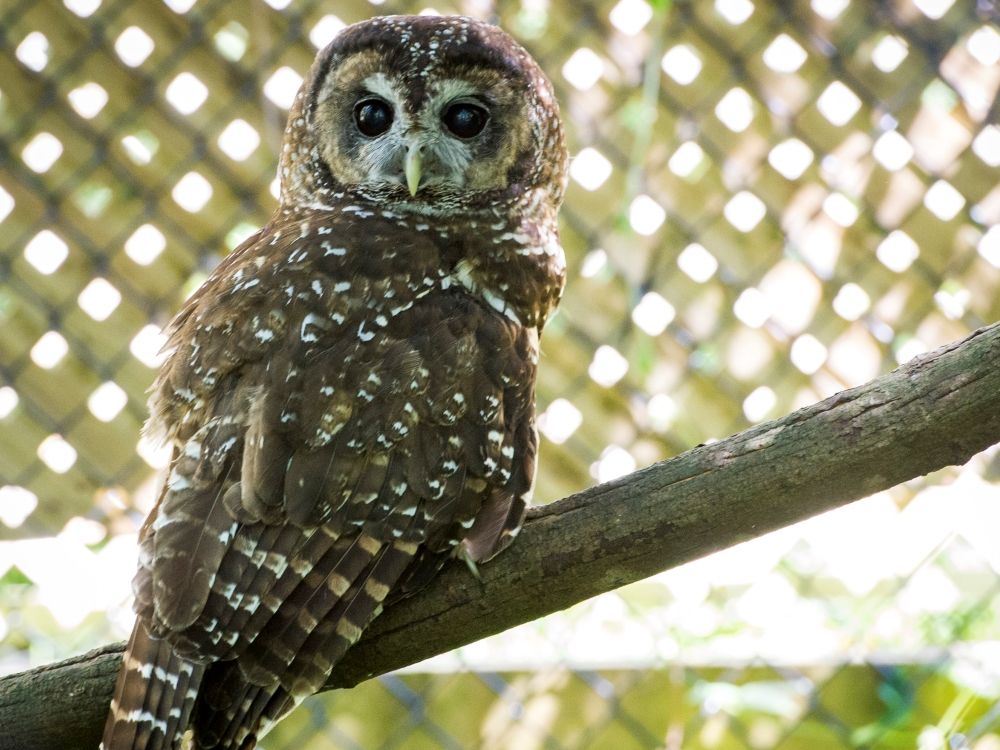
 OTTAWA – The Honourable Steven Guilbeault, Minister of Environment and Climate Change, announced the release of Canada’s 2030 Nature Strategy and introduced an Act respecting transparency and accountability in relation to certain commitments Canada has made under the Convention on Biological Diversity (the Nature Accountability Bill). …The 2030 Nature Strategy lays out how Canada will implement the ambitious nature protection goals under the Kunming-Montréal Global Biodiversity Framework that were agreed upon at the 15th Conference of the Parties (COP15) to the United Nations Convention on Biological Diversity in Montréal, in December 2022. …The Nature Accountability Bill establishes a requirement for the Government to develop a national nature strategy, like Canada’s 2030 Nature Strategy, and report on its implementation, ensuring accountability and transparency which will help drive us collectively to reverse nature loss.
OTTAWA – The Honourable Steven Guilbeault, Minister of Environment and Climate Change, announced the release of Canada’s 2030 Nature Strategy and introduced an Act respecting transparency and accountability in relation to certain commitments Canada has made under the Convention on Biological Diversity (the Nature Accountability Bill). …The 2030 Nature Strategy lays out how Canada will implement the ambitious nature protection goals under the Kunming-Montréal Global Biodiversity Framework that were agreed upon at the 15th Conference of the Parties (COP15) to the United Nations Convention on Biological Diversity in Montréal, in December 2022. …The Nature Accountability Bill establishes a requirement for the Government to develop a national nature strategy, like Canada’s 2030 Nature Strategy, and report on its implementation, ensuring accountability and transparency which will help drive us collectively to reverse nature loss. Statement by Michael Armstrong, Vice-President and Chief Forester of the BC Council of Forest Industries on the
Statement by Michael Armstrong, Vice-President and Chief Forester of the BC Council of Forest Industries on the 
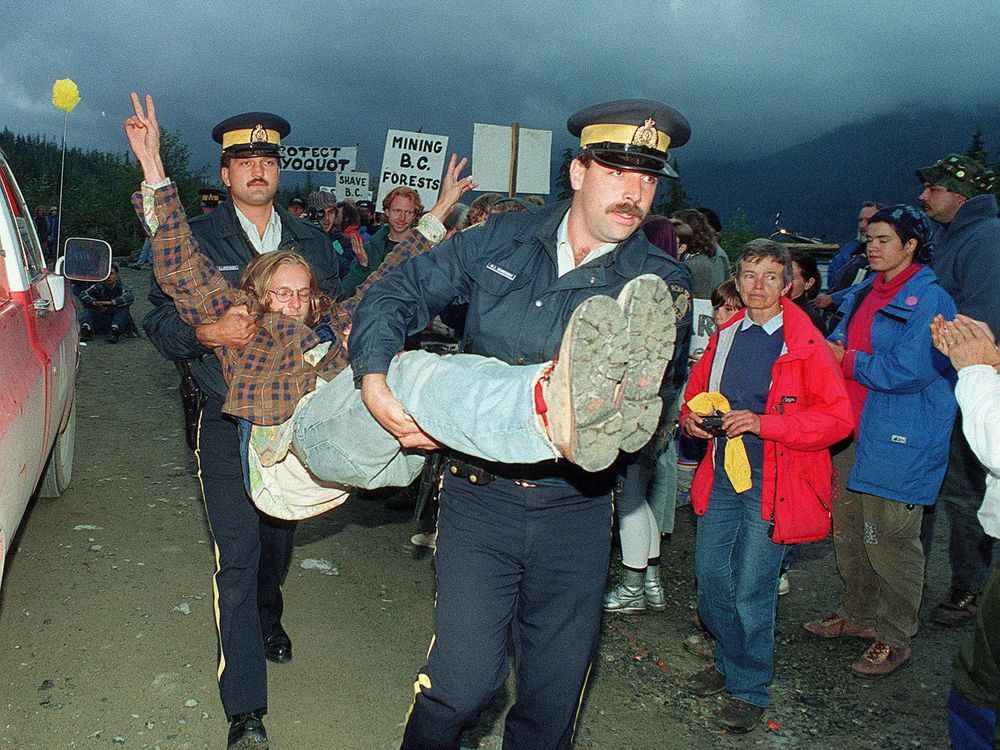


 Those who commit offences that harm wildlife and fish, including illegal hunting and angling, will soon face higher fines. The new fine amounts better reflect the serious nature of these offences and recognize the importance of wildlife to everyone living in British Columbia. Fines under the Wildlife Act and its regulations have not been substantially updated in more than two decades. Effective June 18, 2024, the new fines for violation tickets range from $345 to $1,495, a significant increase from the current range of $115 to $575. …Violations of the Wildlife Act can have negative impacts on fish and wildlife and the habitats they rely on to survive and thrive. Other offences include: unlawful trapping, hunting and angling; hunting without a licence; operating a motor vehicle in an area where motor vehicles are prohibited; damage to wildlife habitat; and illegal trafficking of wildlife.
Those who commit offences that harm wildlife and fish, including illegal hunting and angling, will soon face higher fines. The new fine amounts better reflect the serious nature of these offences and recognize the importance of wildlife to everyone living in British Columbia. Fines under the Wildlife Act and its regulations have not been substantially updated in more than two decades. Effective June 18, 2024, the new fines for violation tickets range from $345 to $1,495, a significant increase from the current range of $115 to $575. …Violations of the Wildlife Act can have negative impacts on fish and wildlife and the habitats they rely on to survive and thrive. Other offences include: unlawful trapping, hunting and angling; hunting without a licence; operating a motor vehicle in an area where motor vehicles are prohibited; damage to wildlife habitat; and illegal trafficking of wildlife.




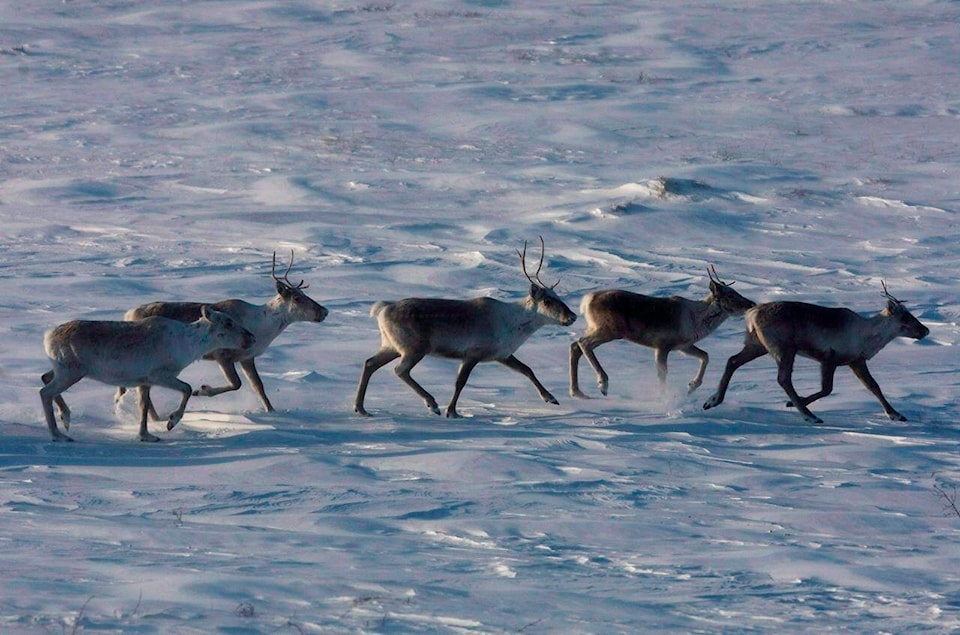
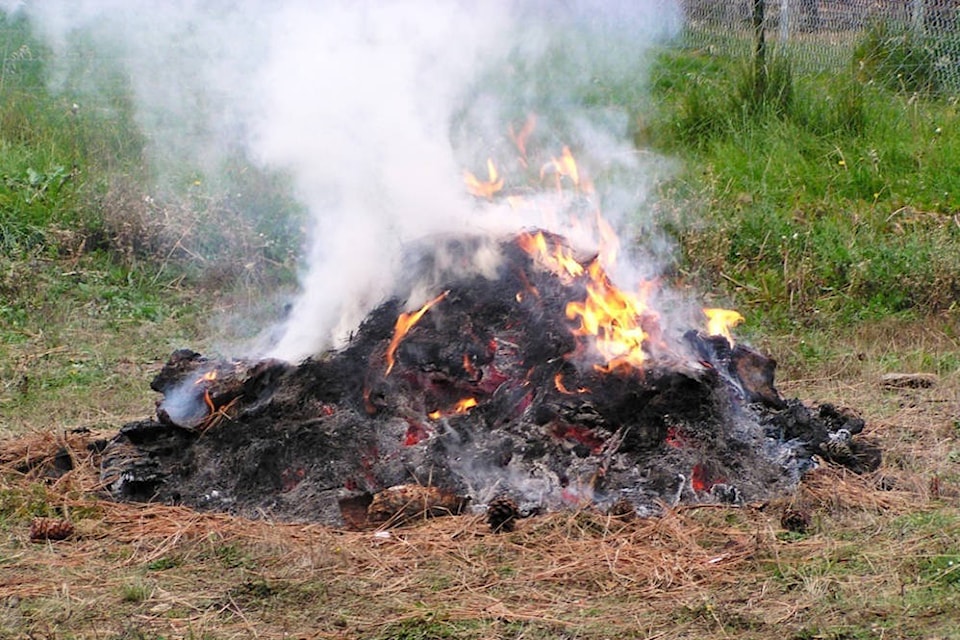
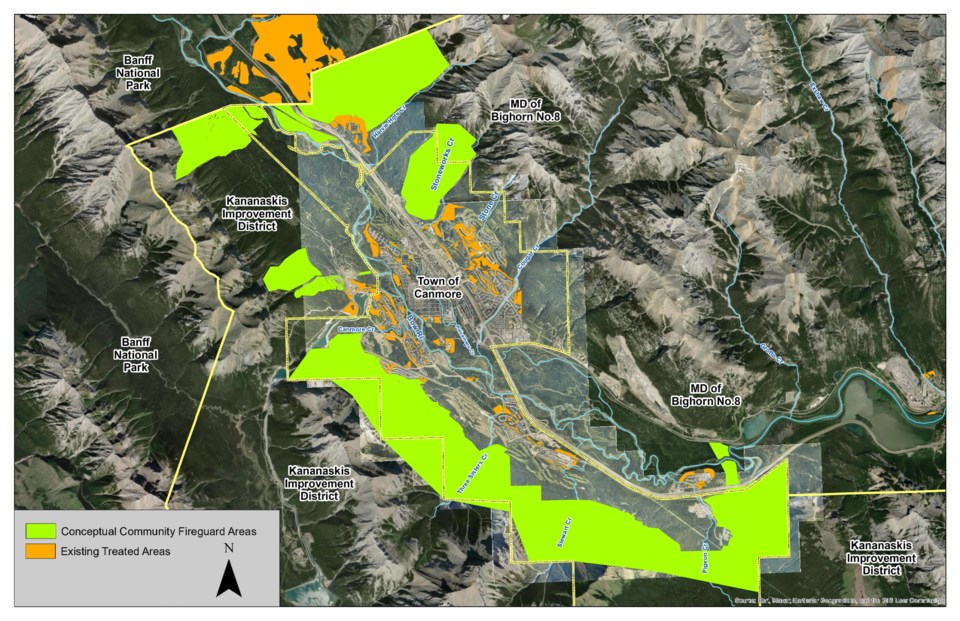

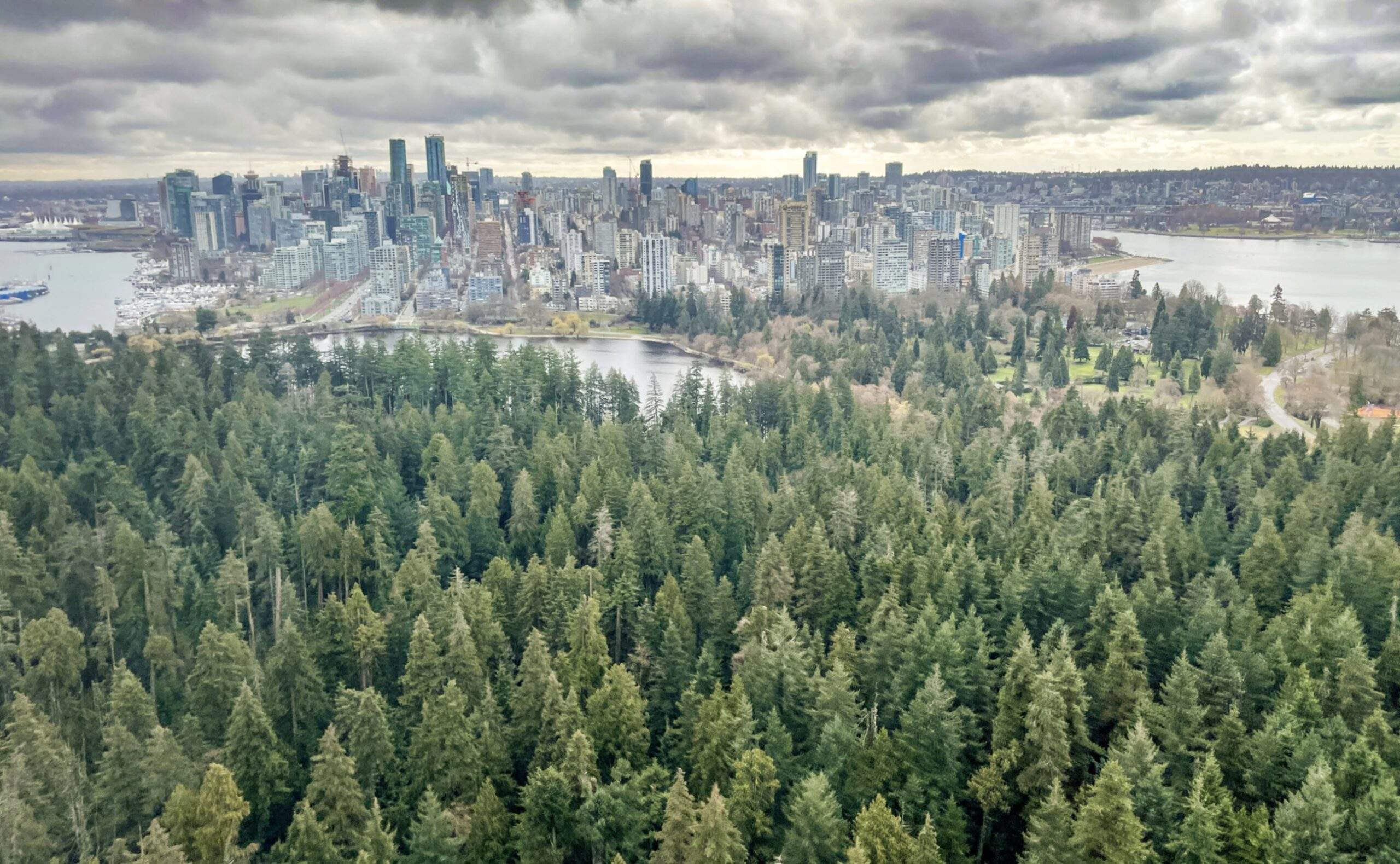 Nearly three years after British Columbia’s deadly heat dome, its largest municipality says it will plant 100,000 trees to protect people from the effects of extreme heat. On Wednesday, Vancouver city council passed a
Nearly three years after British Columbia’s deadly heat dome, its largest municipality says it will plant 100,000 trees to protect people from the effects of extreme heat. On Wednesday, Vancouver city council passed a 
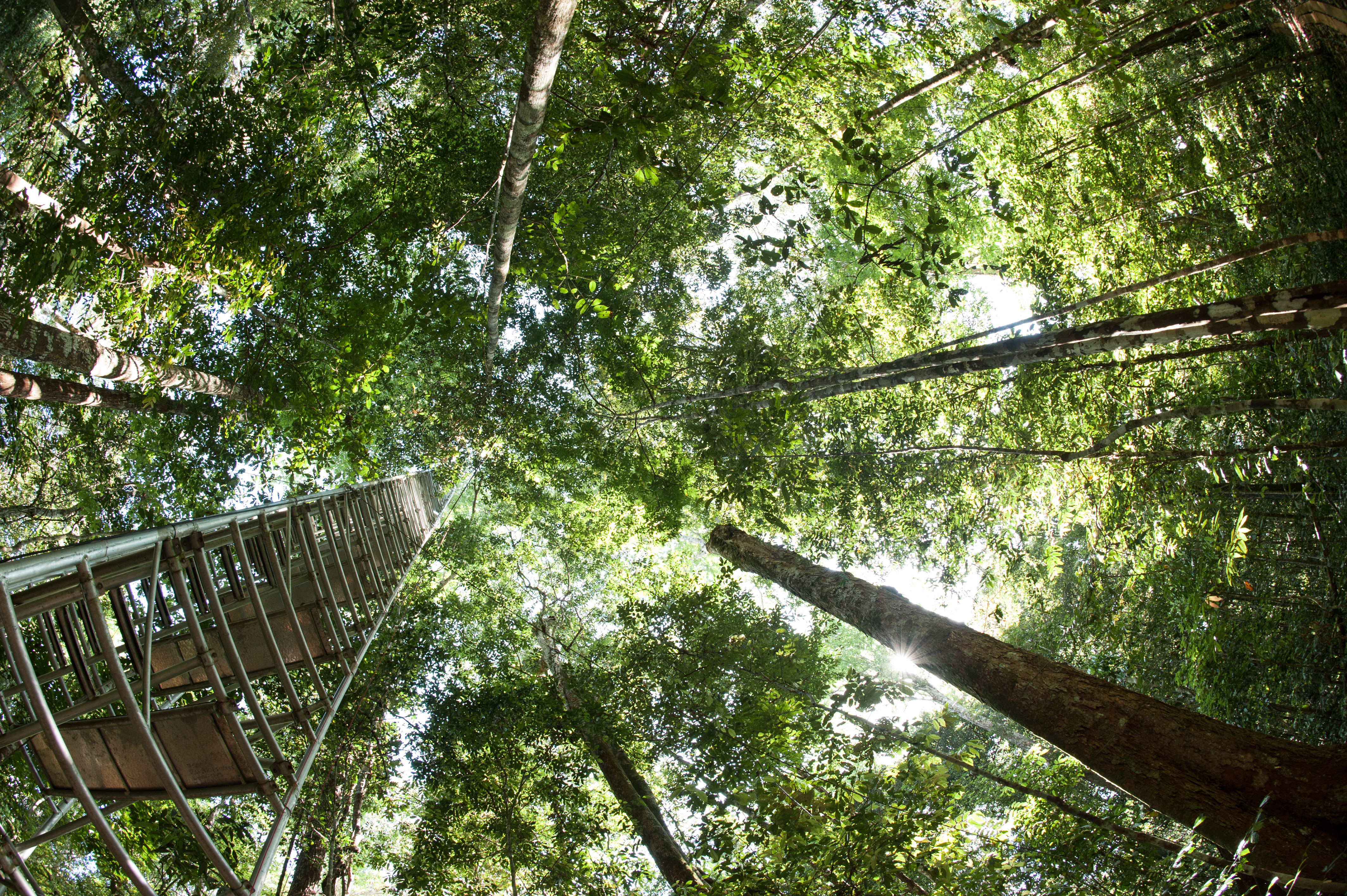






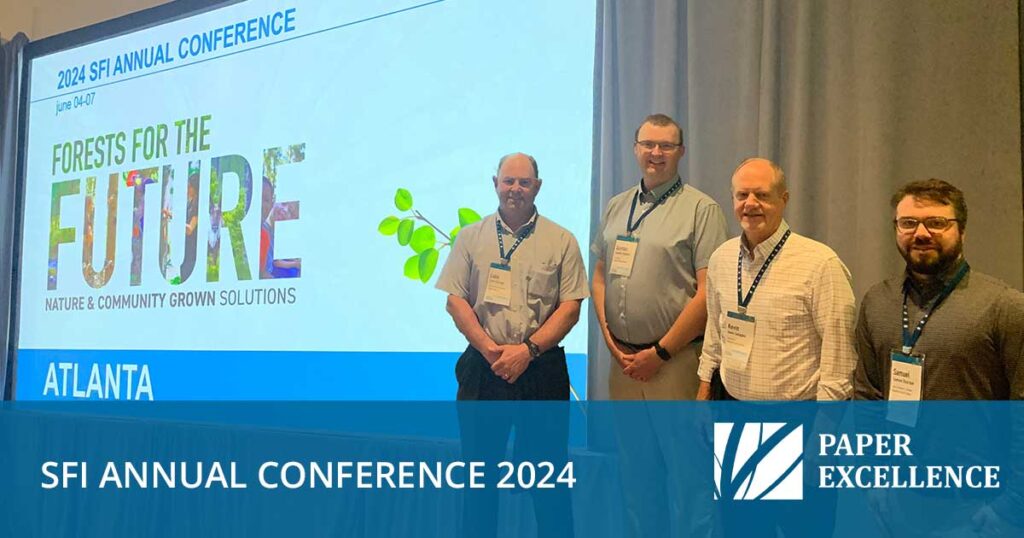
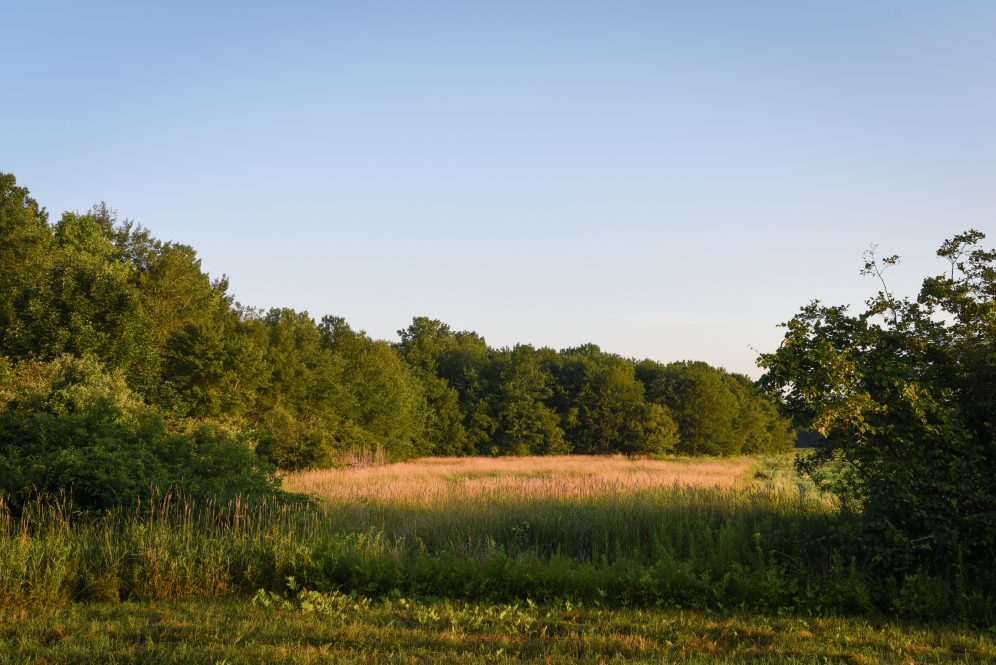


 Researchers believe they may have solved the mystery of
Researchers believe they may have solved the mystery of 